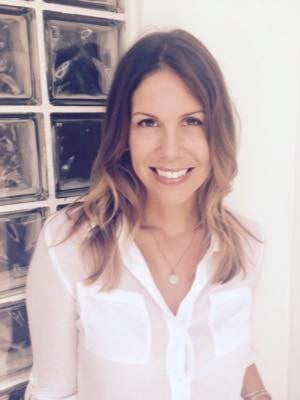
The Paradigm Shift in Dealing with Pain
It's an unpleasant, but universal truth: the more we live, the more we experience pain - emotional, psychological, or physical. Physical pain may take the form of temporary discomfort, or it may be a more ominous, chronic pain (defined as pain that lasts 12 weeks or longer). Chronic pain is something many people "live with" or "manage." For millions of people, though, chronic pain is a devastating and debilitating condition that leaves them feeling hopeless.
In 2015, according to an article in the Washington Post, a study by The Institute of Medicine estimates there are more than 100 million chronic pain sufferers in the United States, costing the nation as much as $635 billion a year in medical treatment and lost productivity.
Chronic physical pain and depression more often than not go hand in hand. The pain epidemic and the toxicological treatment of pain (via opioids, narcotics, and the overuse of effective, yet dangerous treatments like injections) and its offshoot, depression, have created a public health crisis.
In July, 2018, the New York Times reported that the opioid epidemic in America killed 45,000 people in the 12-month span from October 2016 to September 2017, making it almost as lethal as the AIDS crisis at its peak.
With a new focus on biopsychosocial methods of addressing pain and a comprehensive approach to treatment, though, we may be witnessing a paradigm shift in how our culture deals with pain and those suffering from pain. Medical communities and communities at large are beginning to address this health crisis and look for effective new ways to alleviate pain, without drugs.
The detrimental cycle of pain, depression and addiction is one that many professionals believe can be overcome with positive movement experiences and learning. The Mayo Clinic reports that nearly 70% of the patients in its program for pain management have some form of depressive symptoms upon entering the program. Upon completion of the Mayo program, which heavily incorporates movement therapies, including physical and occupational therapies, 73% of patients report reduced pain and a 70% decrease in catastrophizing of pain.
Dr. James Wyss, who specializes in nonsurgical musculoskeletal and sports medicine care in New York, and works with top professional athletes, takes a broad approach to helping patients overcome their pain: "We need to be more creative, more holistic, more comprehensive in putting together plans that help people to better cope with these conditions."
As part of his creative and comprehensive approach, Dr. Wyss often integrates Pilates into his clients' rehabilitation. "We need to help patients to stop focusing so much on what their pain feels like and how it limits them, and help them to shift their focus to what they can accomplish despite their pain," he says.
Kim Gibilisco, a Pilates teacher and member of the Pilates Method Alliance Board of Directors, believes that Pilates teachers are on the "frontline" of working with clients who have chronic pain: "Every Pilates teacher has the opportunity to make an impact. As Pilates Instructors, we can be a part of the wellness movement and teach clients ways to move through life to help them prevent chronic pain in the future."
"Our role is not to just make someone feel better after one hour," she says, "but to help them achieve and experience the freedom of movement outside the studio as well. And combining our work with an understanding of chronic pain vastly improve outcomes of students."
By helping patients to move better and to think differently about their movement, and to show them what is possible, the potential exists to help them overcome the limitations of their pain. "And when someone can experience joy and ease in their lives, then they have hope," says Dr. Wyss, "Hope can be an antidote to depression."
Comments
You need to be a subscriber to post a comment.
Please Log In or Create an Account to start your free trial.
















